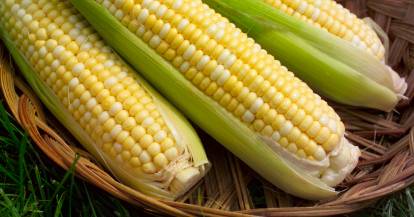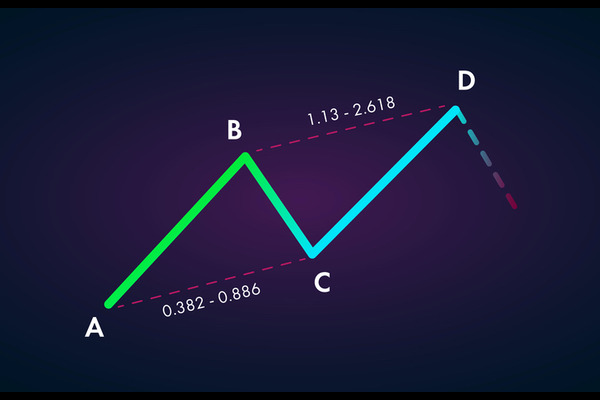Corn futures, soybean futures, and cotton futures are the three major
agricultural product futures. As an important food crop, corn's futures trading
helps to avoid price risks for farmers and traders, ensuring market stability.
Soybean futures, as agricultural products rich in plant protein and oil, can
help farmers lock in future prices and promote the development of derivative
markets. The trading of cotton futures can help cotton farmers lock in prices
and promote the stable development of the textile industry. The existence of the
three major agricultural product futures provides risk management tools for the
agricultural supply chain and promotes the stable development of the
agricultural product market.

Corn futures refer to futures contracts that trade corn as the underlying
substance. Corn is one of the most important food crops in the world and is
widely used in fields such as food, feed, and industrial raw materials. The
trading of corn futures can help farmers, traders, and investors avoid price
risks, ensuring the stability and effectiveness of the market.
Soybean futures refer to futures contracts that trade soybeans as the subject
matter. Soybean is an agricultural product rich in plant protein and oil that is
widely cultivated and consumed worldwide. The trading of soybean futures can
help farmers and traders lock in future prices, safeguard farmers' profits, and
promote the development of derivative markets such as soybean meal and soybean
oil.
Cotton futures refer to futures contracts that trade cotton as the subject
matter. Cotton is an important textile raw material widely used in industries
such as textile manufacturing, clothing, and home furnishings. The trading of
cotton futures can help cotton farmers lock in prices, avoid market risks, and
promote the stable development of the cotton textile industry.
The three major agricultural product futures play an important role in the
agricultural product market. They not only provide farmers with a tool to avoid
price risks but also provide opportunities for traders and investors to invest
and hedge. Through futures trading, market participants can better predict and
manage the supply and demand relationship and price fluctuations of agricultural
products, promoting the stability and development of the agricultural product
market.
In addition to these three types of agricultural product futures, there are
many other agricultural products that are also traded in the futures market but
are not listed as the "three major agricultural product futures". Common ones
include:
1 Wheat futures
Wheat is one of the most important food crops in the world and also a major
flour raw material. Wheat futures are futures contracts that trade wheat as the
subject matter. The trading of wheat futures can help farmers, traders, and
investors manage price risks, ensuring market stability and effectiveness.
2. Rice futures
Rice is one of the most important food crops in the world, mainly used for
food consumption. Rice futures are futures contracts that trade rice as the
subject matter. The trading of rice futures can help farmers and traders avoid
risks, ensuring the stability and supply-demand balance of the rice market.
3. Barley futures
Barley is an important food crop widely used in fields such as brewing beer
and feed. Barley futures are futures contracts that trade barley as the subject
matter. Barley futures trading can help farmers and wheat farmers avoid price
fluctuations and promote the stable development of the barley market.
4. Napa cabbage futures
Napa cabbage is a common vegetable that is widely planted and consumed. Napa
cabbage futures are futures contracts that trade Napa cabbage as the subject
matter. The trading of Napa cabbage futures will help farmers and traders lock
in prices, avoid risks, and promote the development of the Napa cabbage
market.
In addition to the agricultural products futures mentioned above, there are
also agricultural products such as garlic, tomatoes, apples, pork, and other
agricultural products traded in the futures market. The existence of these
agricultural product futures enriches the diversity of the agricultural product
market and provides more investment and risk management opportunities for
farmers, traders, and investors.







